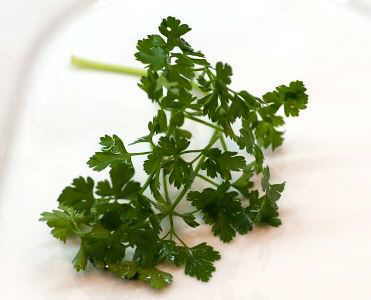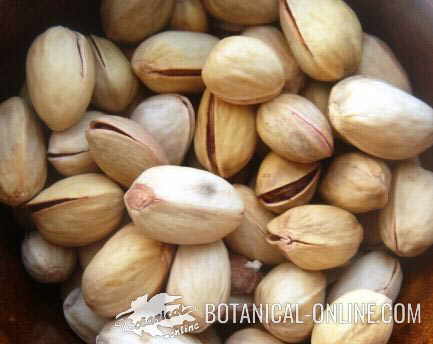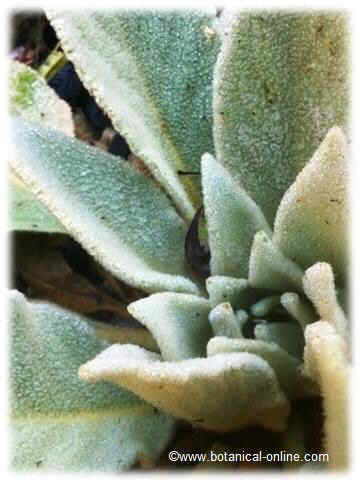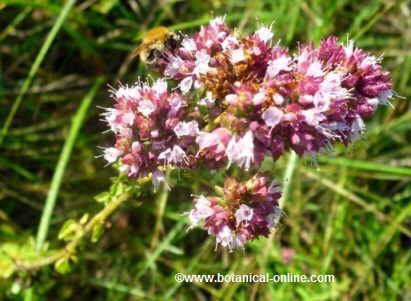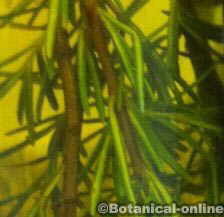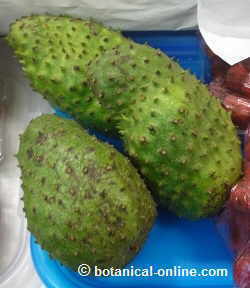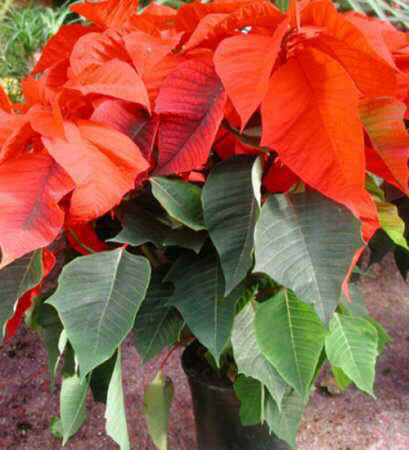Contents
What is a milk thistle plant?
Characteristics of milk thistle (Silybum marianum)
Common noun: Milk Thistle, Blessed milkthistle, Spotted thistle, Variegated thistle
Scientific noun: Silybum marianum (L.) Gaertn.
– Synonyms: Carduus marianus L. = Mariana mariana (L.) Hill
Family: Daisy family – Compositae
Habitat: We find it at the side of the roads and paths, in the dry, barren lands, during April and July.
Botanical description of milk thistle
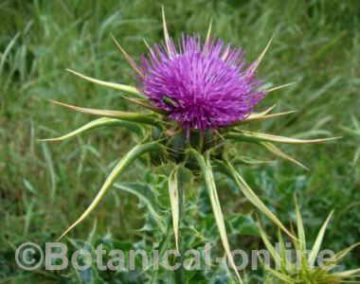
Very tall biennial herb, until 2 meters high with flowers gathered in big red solitary heads, which can be easily recognized because of its curved bracts,ending in a strong spine.
Big leaves with white spots on its surface. Lobed, spiny edged.
Picking and storing milk thistle
Spring is the best season to make use of this plan, specially because we use it fresh, just after collecting it. For field collecting we recommend reading this guide on how to collect wild plants. We can pick the fruits in Summer.
Composition of milk thistle
- Flavolignans (fruits): mainly silymarin (1.5 – 3% of the plant), which is the active principle of the plant. It also contains silibinin or silybin, silicristin, silidianin, isosilibinin and others.
- Carbohydrates, fats (20-30% – high proportion of linoleic acid), proteins (25-30%), fiber
- Vitamin C, beta-carotene
- Minerals: magnesium, calcium, potassium, selenium
- Flavonoids: quercetin, taxiphone, apigenin, luteolin and kaempferol (fruits and leaves).
- Phytosterols: campesterol, stigmasterol
What are the active ingredients of milk thistle?
Many hepatoprotective principles are found in milk thistle seeds, mainly flavolignans (silymarin, silibinin or silybin, silicristin, silidianin and isosilibinin).
It is important to mention that these components are poorly soluble in water, for this reason, milk thistle seeds they have to be taken in supplements (tablets, capsules, tinctures,…) and not in infusions.
*See: Milk thistle for the liver
![]() More information on milk thistle
More information on milk thistle

